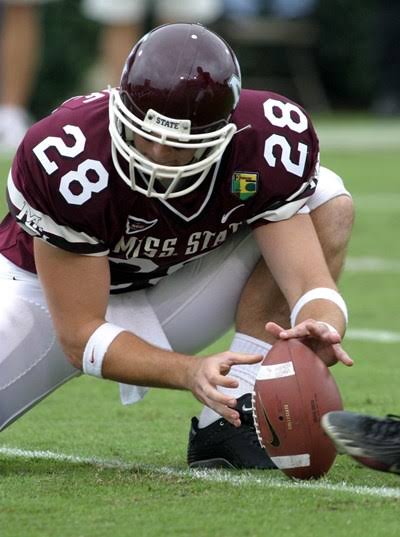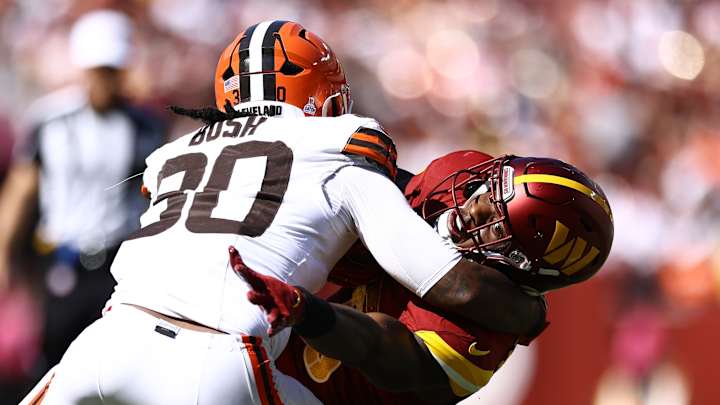This case is significant as it brings to the forefront the ongoing debate about the long-term neurological consequences of football-related head injuries and the responsibility of institutions like the NFL and collegiate programs in protecting players.
Key Points of the Case
1. Legal Victory for Adams’ Family – The decision to move the case to state court rather than federal court is an early win for Adams’ family, as they argued South Carolina state court was the proper jurisdiction. This may provide a more favorable setting for their claims.
2. CTE and Football’s Responsibility – The lawsuit hinges on the argument that the NFL and S.C. State University failed to protect Adams from head injuries, which allegedly led to his development of CTE. This aligns with past lawsuits against the NFL related to brain injuries suffered by former players.
3. Spotter Program’s Role – The lawsuit criticizes the NFL’s “spotter program” for failing to identify Adams’ injuries. The court’s ruling suggests the program was not adequately defined in the NFL’s collective bargaining agreement, meaning the league may not be shielded by federal labor laws.
4. Potential Implications – If the lawsuit moves forward successfully, it could set a precedent for similar cases involving brain injuries and violent behavior in ex-football players. The case could also increase scrutiny on the NFL’s concussion protocols and responsibilities toward former players.
5. Unanswered Questions – The NFL and S.C. State University have denied responsibility but have not yet responded to this specific court ruling. It remains unclear if they will appeal the decision to keep the case in state court.
This lawsuit underscores the broader conversation about athlete safety, particularly in high-contact sports. If Adams’ CTE is proven to have played a direct role in the tragic 2021 shooting, the case could significantly impact how football organizations handle brain injuries in the future.



